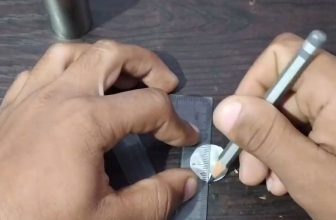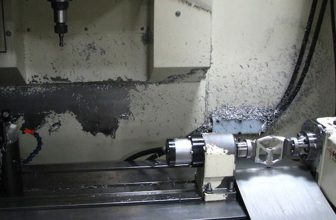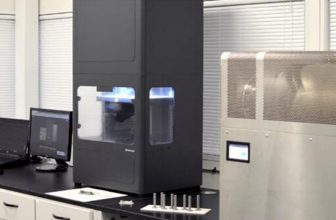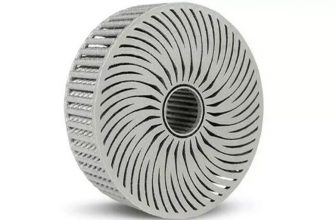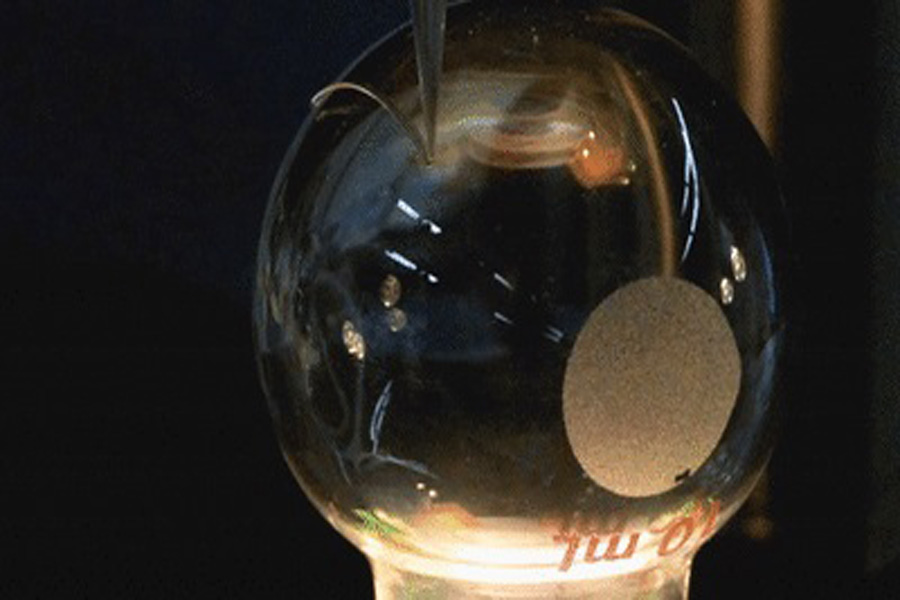
Although several similar “lab on a chip” technologies have been tried in recent years, Uzarski is the first technology developed into a field-useable device. Uzarkski has led two other biosensor projects during his six years at ARL and is an expert in surface chemistry, but since working with the University of Minnesota (UMN), he has made significant progress.
What are the research goals and ambitions of CCDC and UMN?
Joshua Uzarski: The Soldier Center has been working on array-based biosensors for many years, but it has no ability to turn these findings into a deployable platform. UMN provides engineering expertise to advance the development of microfluidic technology, which can help transform sensor ideas into devices that can be used in the field, including textiles (for uniforms), portable field devices, and even physiological monitoring on the skin.
What are the potential advantages of this type of equipment in military applications?
JU: Benefits include the ability to create sensor devices that are more on-site and compatible with bio-based detection. Most current technologies require flat, hard, and usually heavy materials that cannot be converted into on-site materials. These new devices can be created on soft, flexible and lightweight materials such as textiles and skin.
In addition, their good manufacturing conditions (such as high temperatures and harsh chemical treatments) relative to the prior art and the elimination of supporting materials make it possible to contain sensitive biomolecules for sensor diagnostic testing. These include environmental observations of water quality and/or warfare agents and physiological status monitoring.
If used as a “lab on a chip” diagnostic tool, how is your tool different from what we have seen before?
JU: Several features of self-supporting microfluidic technology make it superior to previous methods when used in “lab on a chip” applications. Conventional devices usually require large pieces of solidified polymer to encapsulate the microfluidic channels, resulting in large volumes. In contrast, our 3D printed microfluidic sensor has a concise configuration, which consists of a sensing substrate and a 3D printed silicone channel.
Our equipment also does not have strict clean room manufacturing requirements, such as careful alignment of the equipment (usually more materials are required), while providing limited reuse functions. Compared with other lab-on-chip equipment, the flexibility of our manufacturing method
Researchers’ 3D printed microfluidic devices may have potential military surveillance applications
What is unique about your new additive manufacturing method and what are its advantages?
Our method can design the printing tool path according to the geometry of the target surface, and “write” the microfluidic network directly onto the surface. Conformal printing also enables the rapid and customizable fabrication of microfluidic devices on biological surfaces such as human skin. Prior technologies such as stereolithography (SLA) and inkjet printing use ultraviolet curable resins to create microfluidic chips, which are usually rigid after the material is cured. By printing highly elastic materials such as room temperature vulcanization (RTV) silicone, our method can create flexible and stretchable microfluidic structures with up to 350% strain at break.
Moreover, because the structure is self-supporting, the microfluidic device can be directly aligned and printed on the functionalized sensor array, so that the sensor element is pollution-free. In contrast, microfluidic devices manufactured by other 3D printing methods usually temporarily fill the channels with residual resin or support material, which can contaminate the sensing surface.
Compared with other microfluidic manufacturing methods, rapid prototyping technology can also shorten the turnaround time, such as the use of PDMS for soft lithography, the use of plastic for machining or injection molding, and the use of paper substrates for printing. This helps to speed up development to move towards actual products and applications.
What is the potential of your technology, especially in a military environment?
JU: The ability to have environmental and physical monitoring sensors with better performance and less burden on combatants will provide more and more information for situational awareness. For example, knowing that the water source is immediately contaminated without carrying heavy and power-hungry equipment on site is a major potential breakthrough.
In addition, the ability to monitor the physical state of soldiers allows them to safely withdraw from the battlefield when needed, which also allows judgment to be removed from the soldiers’ hands. This new technology moves us towards these visions. Currently, these types of requirements are either impractical technology or none at all.
Are there any continuing plans in this research area? If so, how can the technology be developed and enhanced?
Now, in terms of military applications, there are already some research recommendations that can be used to use this technology for biological detection of specific toxins, bacteria and viruses. This will be modular because it can be pre-programmed later and modified using pattern recognition responses to detect different specific targets. This technology can be used to create future “on-demand” sensors and quickly print all components on site to respond to threats in specific environments.


